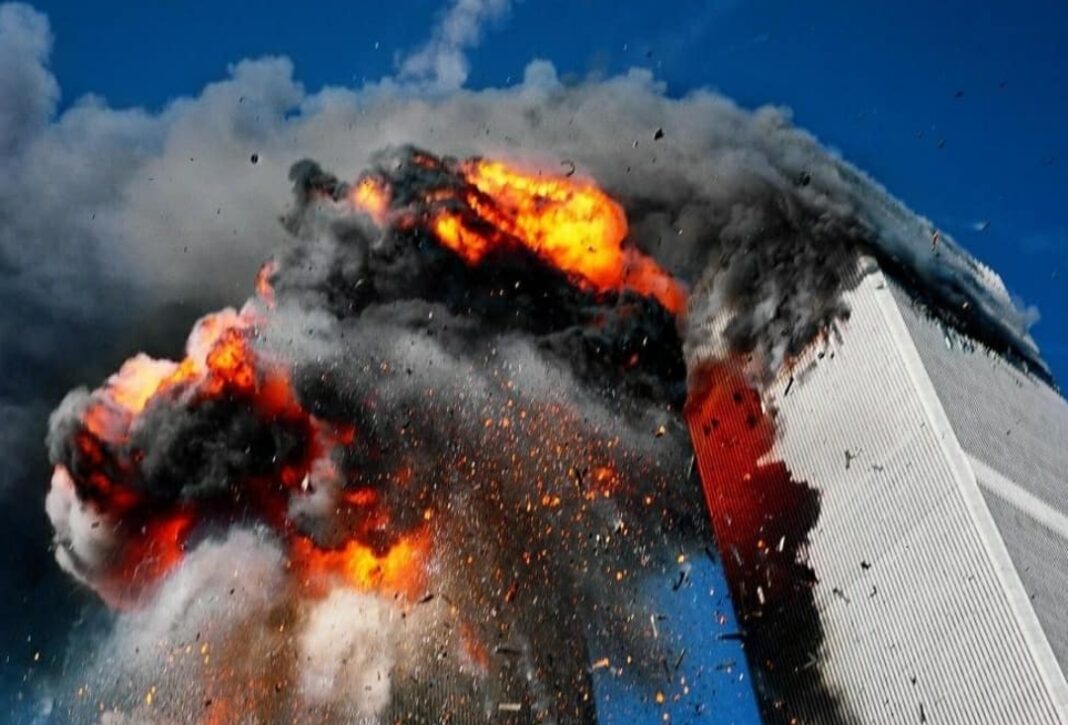Like many human tragedies, 9/11 was great news for defense contractors. Over the course of the past 20 years, they’ve brought in a stunning $7.35 trillion in revenue, according to a Defense News database. The overwhelming majority of that money came from the Pentagon.
Gone are the days when most of the defense budget was spent directly on soldiers. Since 9/11, war has become “modernized” — which means it’s fought with extremely expensive weapons bought from highly profitable private-sector companies.
When the New York stock market finally reopened on 9/17, still surrounded by ash from the smoking Twin Towers, the S&P 500 fell by a sharp 5% from its closing level on 9/10 — and then kept on falling over the subsequent days.
America’s biggest defense contractor, Lockheed Martin, didn’t follow suit. Instead, its stock rose by 15% on 9/17, to $43.95 per share. Today, it trades at $349.
In 2000, Lockheed Martin’s defense revenue was $18 billion, or about 71% of its total revenues. By 2020, its defense revenue had soared to $63 billion, or 96% of the company’s total income.
The growth in private-sector outlays is unlikely to end any time soon.
“What you are seeing is primarily funding for R&D and procurement of weapons,” says Todd Harrison, a defense budget analyst at the Center for Strategic and International Studies.
“The size of the military is actually about the same as it was prior to 9/11,” Harrison tells Axios — and, he adds, “we still have many of the same modernization needs”. Which means even more money flowing to defense contractors.
Source: Axios
